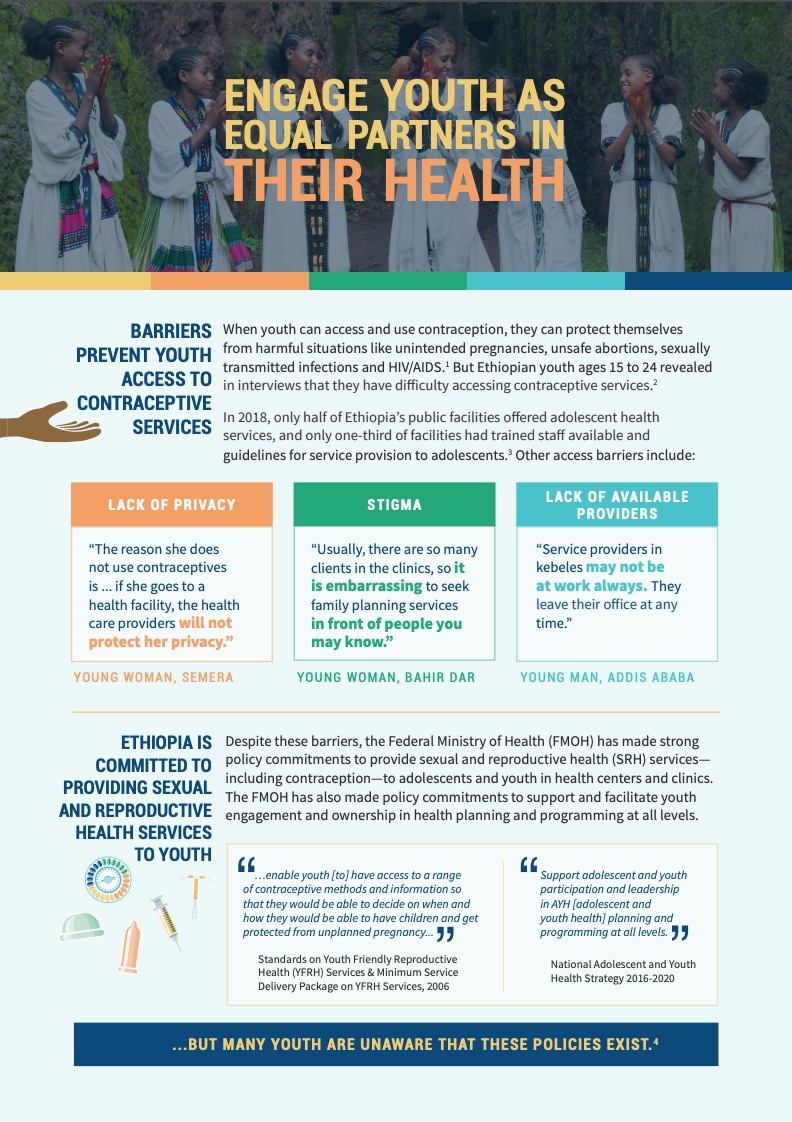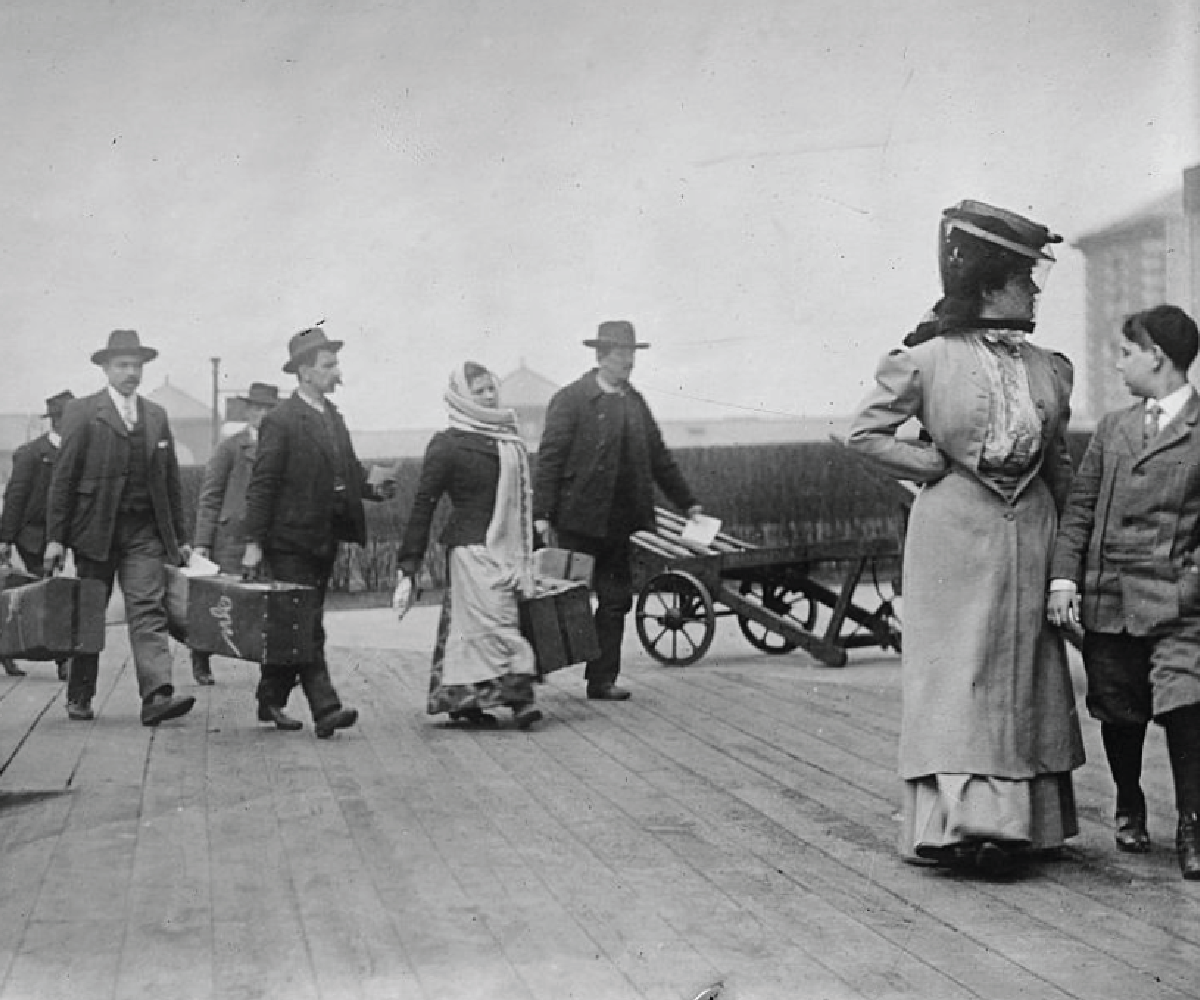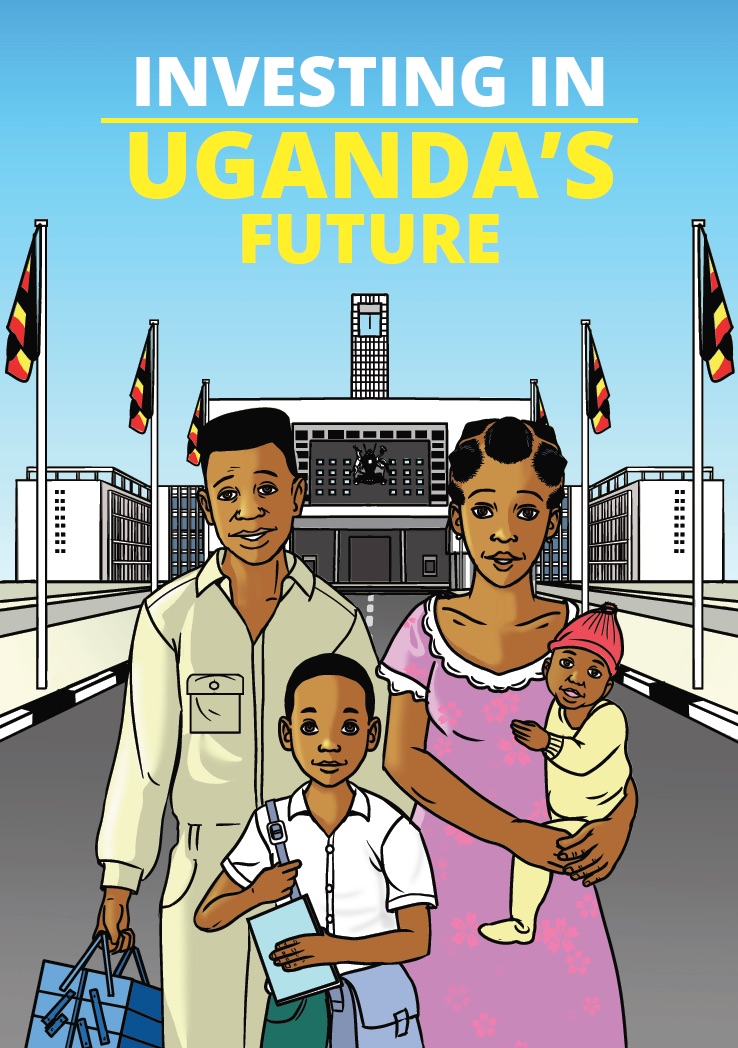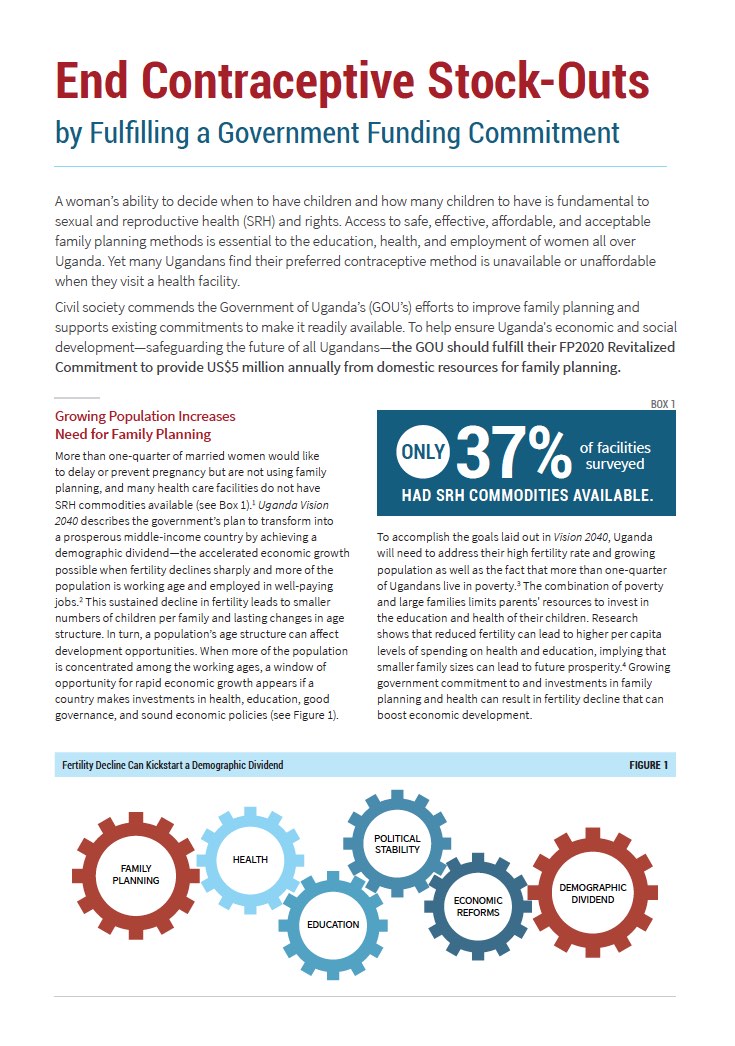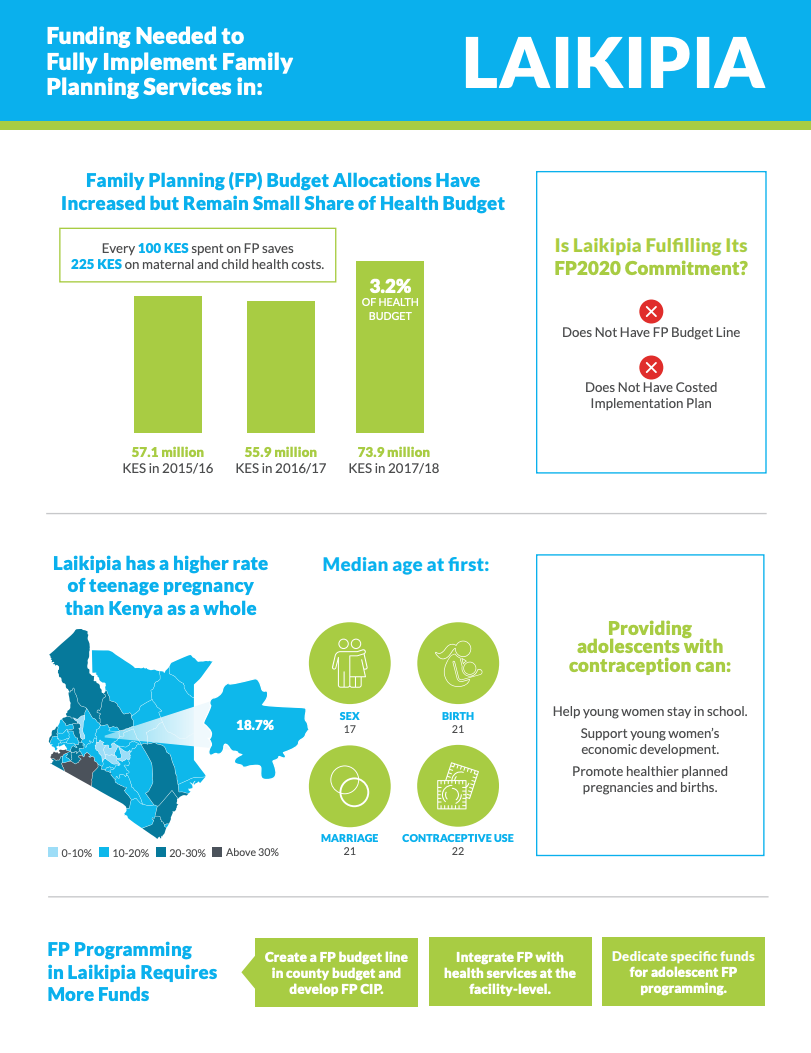Project: Empowering Evidence-Driven Advocacy
Fact Sheet. Engage Ethiopian Youth as Equal Partners in Their Health
In 2018, Population Reference Bureau (PRB) and the International Youth Alliance for Family Planning (IYAFP) conducted interviews and focus groups in three Ethiopian regions to assess implementation of youth-friendly contraceptive services.

